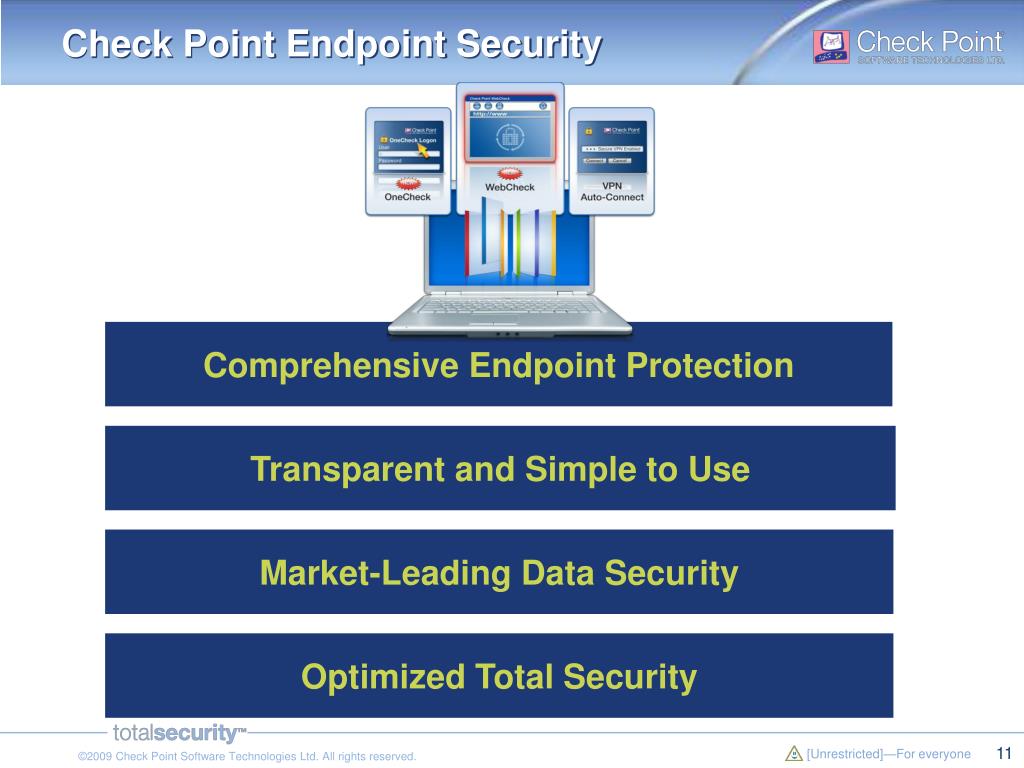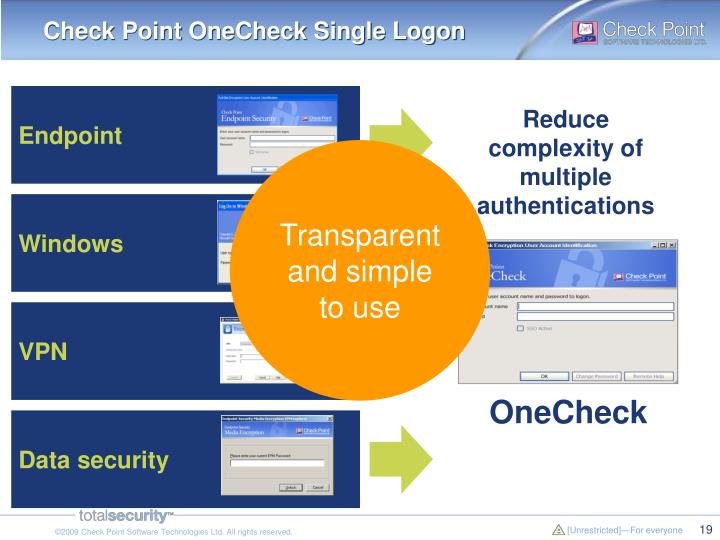


$RM -Rf /Library/Application\ Support/Checkpoint/Endpoint\ Connect/Check\ Point\ Firewall. $RM -Rf /Applications/Check\ Point\ Firewall.app $RM -R /System/Library/Extensions/cpfw.kext #removing kext from previous location if exists Thats the script I use as a postinstall: #!/bin/sh -xĮPS_GUI_LAUNCHAGENT_PLIST=/Library/LaunchAgents/.plistĮPS_GUI_LAUNCHAGENT_SERVICE=ĮPC_SRV_LAUNCHDAEMON_PLIST=/Library/LaunchDaemons/.plistĮPC_UPGRADER_LAUNCHAGENT_PLIST=/Library/LaunchAgents/.plistĮPC_SUPPORT_DIR="/Library/Application Support/Checkpoint/Endpoint Connect"ĮPC_CPFW_KEXT="/Library/Extensions/cpfw.kext"įW_APP_PLIST=/Library/LaunchAgents/.app.plist Has anyone figured out a way to remove that firewall app on Big Sur? I've tried going to composer route to run the installation of the endpoint vpn client, then deleting the firewall app but it looks like starting with version 84.30 the plist, configuration files don't push out so I can't replicate that install from the created pkg from composer to other machines.Ĭheckpoint provides information on how to create a config file to push to users but it still bundles that firewall app in there. Whatever package I download from checkpoint (the pkg, the dmg, the zipp) it seems the checkpoint firewall app is bundled into the installer. I want to create a config profile to push to my mac user's for the Checkpoint Endpoint VPN client without having it install the Checkpoint firewall app. profile file to remove the log file every time you log in.To give some context here is what I'm trying to accomplish. So here is the tricky part: let’s create a simple log file to check whether launcher should run every time you open up a terminal window. profile run as sudo, so the launcher is going to get stuck.

Actually, we only want to run it once when you log in, right? So why don’t we simply run it inside. The Infinity Portal represents a new paradigm in security management by delivering all the security capabilities of the Check Point Infinity architecture from a single pane of glass. bashrc file, so every time you open up a terminal it’s going to run with your user normal permissions. Now we’re going to do a little trick to make it start automatically without sudo: run it inside the. You must uncheck it because every time you let it run automatically it’s going to be run as sudo, which means it’s going to get stuck. While our previously produced CCSA course shows how to protect the perimeter using a Next-Generation Firewall (NGFW), this Course, Checkpoint Certified Endpoint. All it does is running the launcher executable file in /usr/bin/cshell/. You should be able to see one of them called cshell with a marked checkbox. You need to disable one of your system’s startup applications.


 0 kommentar(er)
0 kommentar(er)
